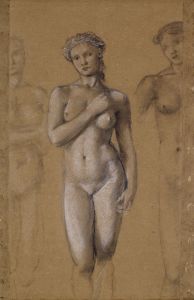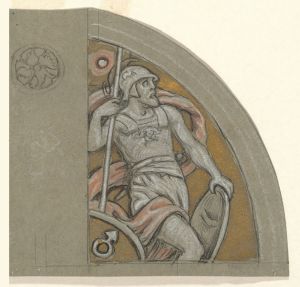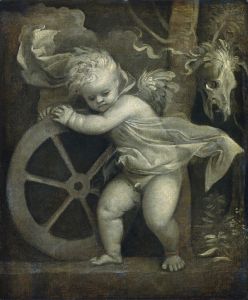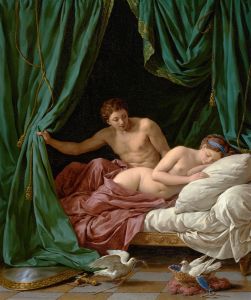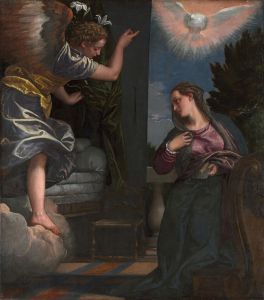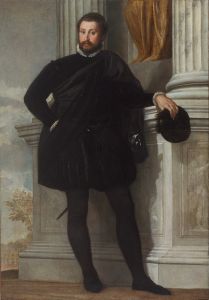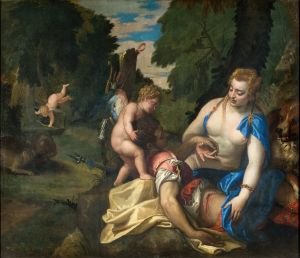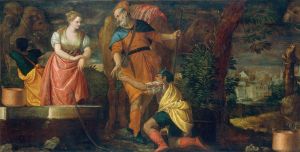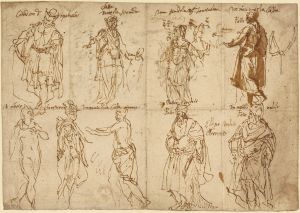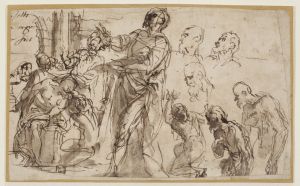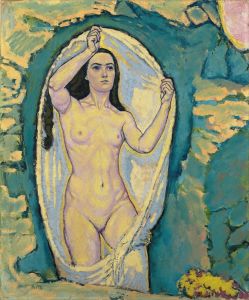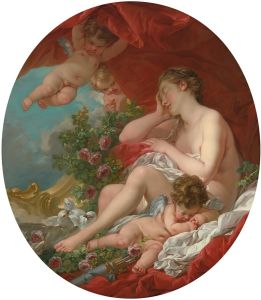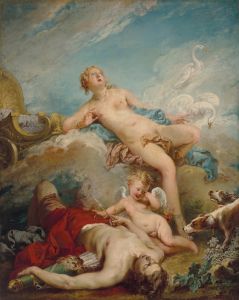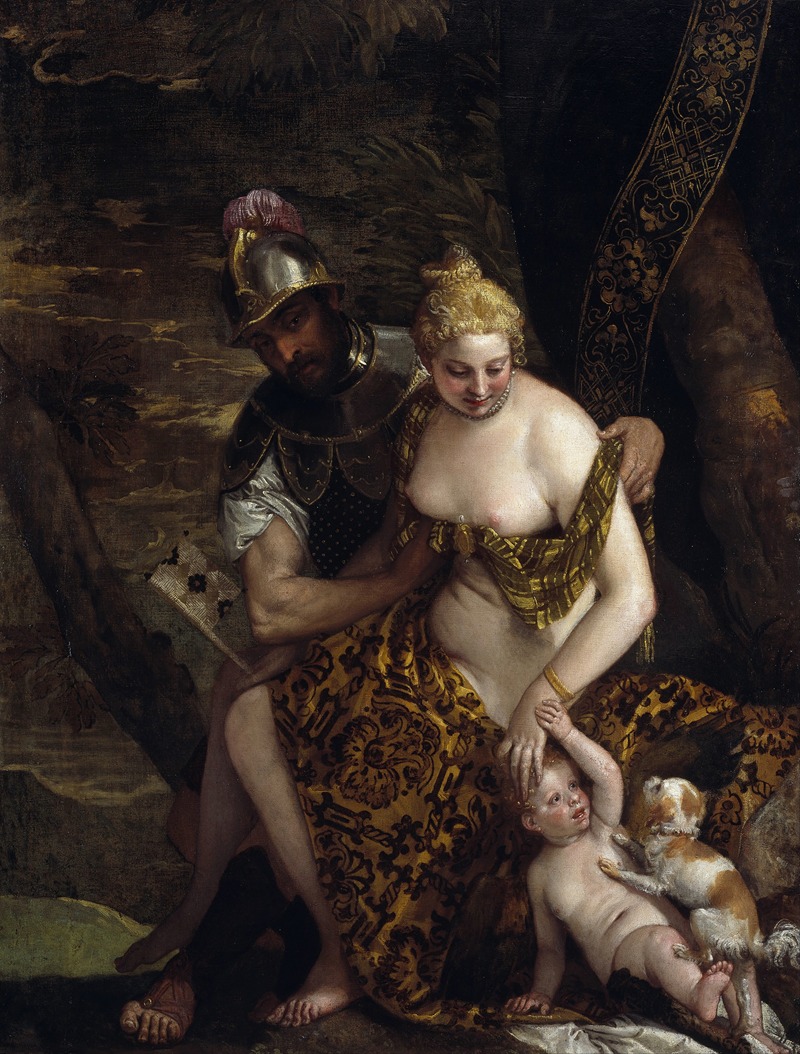
Mars, Venus and Cupid Mars and Venus With Cupid and a Dog
A hand-painted replica of Paolo Veronese’s masterpiece Mars, Venus and Cupid Mars and Venus With Cupid and a Dog, meticulously crafted by professional artists to capture the true essence of the original. Each piece is created with museum-quality canvas and rare mineral pigments, carefully painted by experienced artists with delicate brushstrokes and rich, layered colors to perfectly recreate the texture of the original artwork. Unlike machine-printed reproductions, this hand-painted version brings the painting to life, infused with the artist’s emotions and skill in every stroke. Whether for personal collection or home decoration, it instantly elevates the artistic atmosphere of any space.
Paolo Veronese, a prominent Italian Renaissance painter, created the artwork titled Mars, Venus, and Cupid (also known as Mars and Venus with Cupid and a Dog). This painting is believed to have been completed in the late 16th century, during Veronese's mature period, when he was renowned for his grand compositions, vibrant color palette, and skillful depiction of mythological and allegorical themes.
The painting portrays the Roman gods Mars and Venus, accompanied by Cupid and a small dog. Mars, the god of war, is depicted in a relaxed pose, partially undressed, while Venus, the goddess of love, is shown reclining gracefully beside him. Cupid, the god of desire and affection, is positioned near the central figures, holding his characteristic bow and arrow. The inclusion of the dog, a common symbol of fidelity, adds an additional layer of meaning to the composition. The scene is set in a lush, idyllic environment, typical of Veronese's ability to blend mythological subjects with a sense of earthly beauty and opulence.
Veronese's use of color and light in this painting exemplifies his mastery of Venetian painting techniques. The warm, glowing tones and the interplay of textures in the figures' skin, fabrics, and surrounding elements create a sense of harmony and sensuality. The artist's attention to detail, particularly in the rendering of the figures' expressions and gestures, enhances the narrative quality of the work.
The painting reflects the Renaissance fascination with classical mythology and the humanistic ideals of beauty, love, and the complexities of human relationships. It also demonstrates Veronese's ability to infuse traditional mythological themes with a sense of theatricality and grandeur, which were hallmarks of his artistic style.
The current location of the painting is the Musée des Beaux-Arts in Strasbourg, France, where it is part of the museum's collection. It is considered an important example of Veronese's mythological works and is admired for its artistic and historical significance.
This artwork is a testament to Veronese's enduring legacy as one of the leading figures of the Venetian Renaissance, celebrated for his ability to merge classical themes with the rich visual language of his time.





